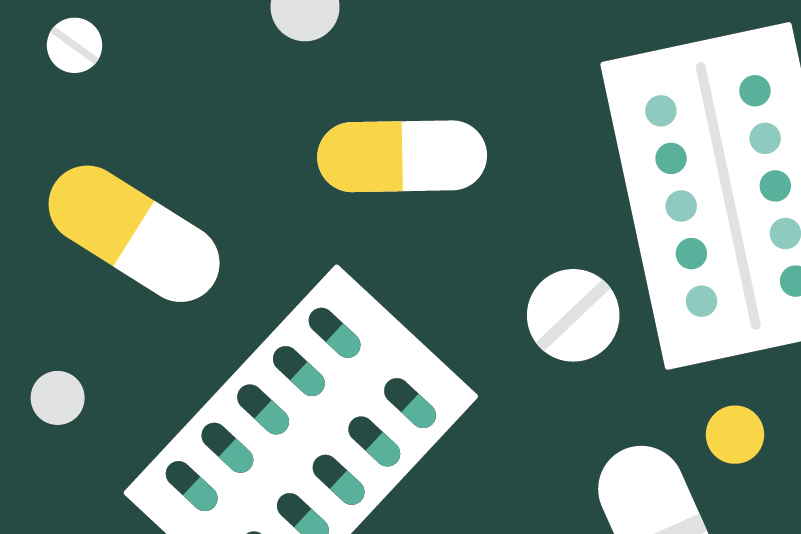#172 Drugs for male- and female-pattern baldness: Just a hair bit more effective than doing nothing?

Reading Tools for Practice Article can earn you MainPro+ Credits
Join NowAlready a CFPCLearn Member? Log in
- Men:
- Finasteride: Systematic review1 (12 randomized controlled trials (RCTs), 3,927 men) of finasteride 1-5 mg/day versus placebo found:
- At least slight improvement in hair count at 3-12 months, 43% versus 26%, Number Needed to Treat (NNT)=6.
- At 24-60 months, NNT=4.
- Increase in hair counts at balding spots.
- 9% at 3-12 months, 24% at 48 months.
- Increase in erectile dysfunction, Number Needed to Harm (NNH)=84.
- No difference in other sexual adverse effects.
- Limitations: Publication bias, selective reporting (under-reporting sexual adverse effects),3 high loss to follow-up (up to 30%), clinically important differences undefined.
- Recent, low quality systematic review found similar.2
- At least slight improvement in hair count at 3-12 months, 43% versus 26%, Number Needed to Treat (NNT)=6.
- Minoxidil: Systematic review4 (11 RCTs, 1,666 men), minoxidil 2% solution BID versus placebo over 6-12 months found:
- At least slight improvement in hair count, 62% versus 40%, NNT=5.
- 16% increase in hair counts.
- Higher (versus lower) concentrations inconsistently show slight (2-4%) increase hair count.5,6
- Adverse effects: Application-site reactions most common (2-6%), more with higher concentrations.5-7
- Finasteride: Systematic review1 (12 randomized controlled trials (RCTs), 3,927 men) of finasteride 1-5 mg/day versus placebo found:
- Only trial comparing finasteride to minoxidil: Poor quality and unreliable.8
- Women: Systematic review.9
- Finasteride 1 mg (three RCTs, 287 women): No difference in any outcome.
- Minoxidil 1-5% versus placebo:
- Patient-rated moderate improvement or better (26% versus 14%, NNT=8)
- Increase in hair count, +13 hairs/cm2, at 6-12 months.
- Prevalence of androgenic alopecia increases with age, with approximately ½ of men and ⅓ of women balding after age 70.10
- Numerous other interventions (like nutritional supplements or Handi-Dome Comb) have low quality evidence with inconsistent results.9,11
- Only minoxidil for women or men, and finasteride for men, are supported in guidelines.12,13















interesting! good to know